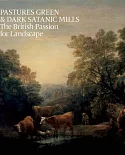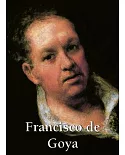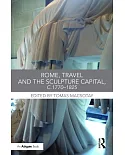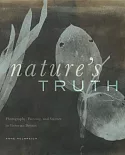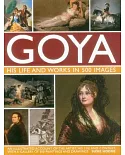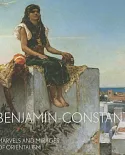Filling a critical gap in Vienna 1900 studies, this book offers a new reading of fin-de-siècle culture in the Austro-Hungarian Monarchy by looking at the unusual and widespread preoccupation
with embroidery, fabrics, clothing, and fashion - both literally and metaphorically. The author resurrects lesser known critics, practitioners, and curators from obscurity, while also
discussing the textile interests of better known figures, notably Gottfried Semper and Alois Riegl. Spanning the 50-year life of the Dual Monarchy, this study uncovers new territory in the
history of art history, insists on the crucial place of women within modernism, and broadens the cultural history of Habsburg Central Europe by revealing the complex relationships among art
history, women, and Austria-Hungary. Rebecca Houze surveys a wide range of materials, from craft and folk art to industrial design, and includes overlooked sources-from fashion magazines to
World’s Fair maps, from exhibition catalogues to museum lectures, from feminist journals to ethnographic collections. Restoring women to their place at the intersection of intellectual and
artistic debates of the time, this book weaves together discourses of the academic, scientific, and commercial design communities with middle-class life as expressed through popular culture.



